In a world where travel has become synonymous with Instagram likes and bucket-list destinations, a quiet allure exists — an uncharted territory waiting to be discovered. These are the least explored countries, the hidden gems that defy the well-trodden paths and beckon the intrepid traveler. From remote Pacific islands to rugged mountain ranges, let’s embark on a journey to these lesser-known corners of our planet.
Bhutan: The Land of Happiness

Nestled in the Himalayas, Bhutan is a kingdom that measures prosperity not by GDP but by Gross National Happiness. The country is the only one in the world that officially measures national happiness. This is done by considering social, wealth, environment, and economic considerations.
With its pristine landscapes, ancient monasteries, and vibrant culture, Bhutan offers a unique blend of tradition and natural beauty.
Trek through the Paro Taktsang (Tiger’s Nest) monastery, witness colorful festivals, and immerse yourself in the tranquility of this enchanting land.
Bhutan has become one of the world’s least visited great destinations. The country has always had a place on everyone’s “bucket list,” whether you’re a romantic, a nature lover, a spiritual traveler, or someone who’s been “where else but back”.
After the pandemic closed Bhutan’s doors, the country is now back and even better. With new hotels, new activities, new travel options, and new tourism policies, Bhutan is now easier to travel to than it’s ever been.
São Tomé and Príncipe: Africa’s Hidden Eden

Off the west coast of Africa lies São Tomé and Príncipe, a duo of volcanic islands. Covered in lush rainforests, these islands are paradise for nature lovers!
There, you can explore cocoa plantations, hike to Pico Cão Grande, and discover pristine beaches where sea turtles nest. São Tomé and Príncipe remain blissfully untouched by mass tourism.
The islands have golden sand beaches, crystal-clear lakes, and emerald-colored rainforests that give off an aura of the forgotten world. The natural rhythm of life is relaxed, and there is a strong Portuguese influence.
São Tomé is the bigger of the two islands. Príncipe is a short 35-minute flight from its sister island, making it an ideal destination for travelers seeking an escape.
It’s known as ‘Africa’s Galapagos’ because it contains an incredible number of plant and animal species found nowhere else on the planet. Príncipe is a UNESCO-protected biosphere reserve that remains largely unexplored and unaltered.
In this idyllic destination, you can watch whales frolic off deserted beaches, explore the jungles with a professional guide, and learn to respect Mother Nature’s clock.
Comoros: The Perfumed Isles

Comprising three main islands in the Indian Ocean, Comoros is a fragrant haven. Its volcanic peaks, spice markets, and coral reefs make it a captivating destination.
The Comoros (spelled Comores in French) is a tropical island paradise where visitors can escape the crowds and familiarity of well-known tourist circuits.
Visit the ancient medina of Moroni, swim in the turquoise waters of Mohéli, and savor the scents of ylang-ylang and vanilla.
Ranking high on CNN’s list of “Least visited countries”, this place is one travels back in time to a world of Persian Sultans and daring pirates, volcanic craters and empty beaches, magnificent whales and intriguing lemurs, flourishing reefs and forests of cinnamon, opulent weddings, and beautiful sunsets, crisp tuna on the grill and jasmine wafting in the breeze, all accompanied by joyful smiles and pounding drums.
These islands are the pinnacle of ecotourism, offering a unique blend of ancient history, vital culture, breathtaking scenery, and outstanding biodiversity.
If you want to experience and explore a forgotten world, we would like to introduce you to our island paradise and the best of Comoros tourism.
Suriname: Where Cultures Converge
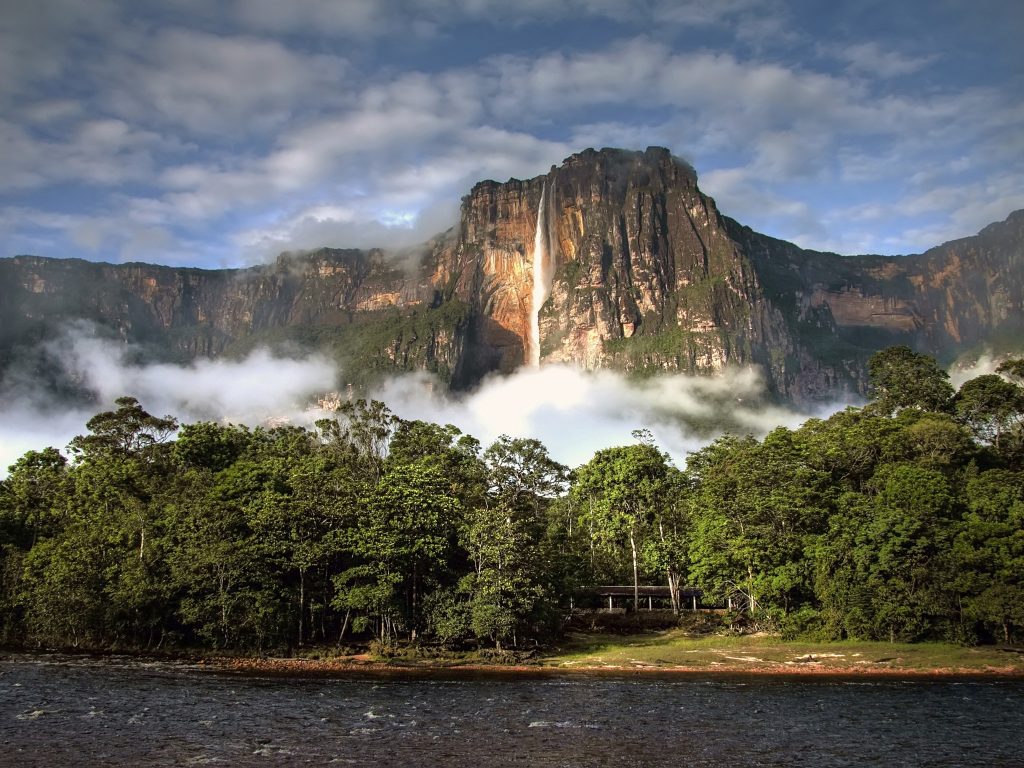
Tucked away in South America, Suriname is a melting pot of cultures. Its capital, Paramaribo, boasts Dutch colonial architecture, while the interior is home to indigenous communities. Explore the pristine rainforests of Brownsberg Nature Park, spot jaguars, and cruise along the Suriname River.
Suriname is a multicultural society which is influenced by Amerindian, Maroon, Creole, Hindustani, Javanese, Chinese, and European communities.
Adventurers looking to uncover the hidden gems of this South American treasure will be deeply impressed by this country, from the fascinating flavours of its varied cuisine to the old colonial architecture of Paramaribo.
Travelers can have a genuine and immersive experience, which has mostly escaped the attention of mass tourism. Rich rainforests, flowing rivers, and untouched wilderness make Suriname a haven for ecotourism, and the country’s population also offers visitors a vibrant cultural tapestry to explore.
Lesotho: The Kingdom in the Sky
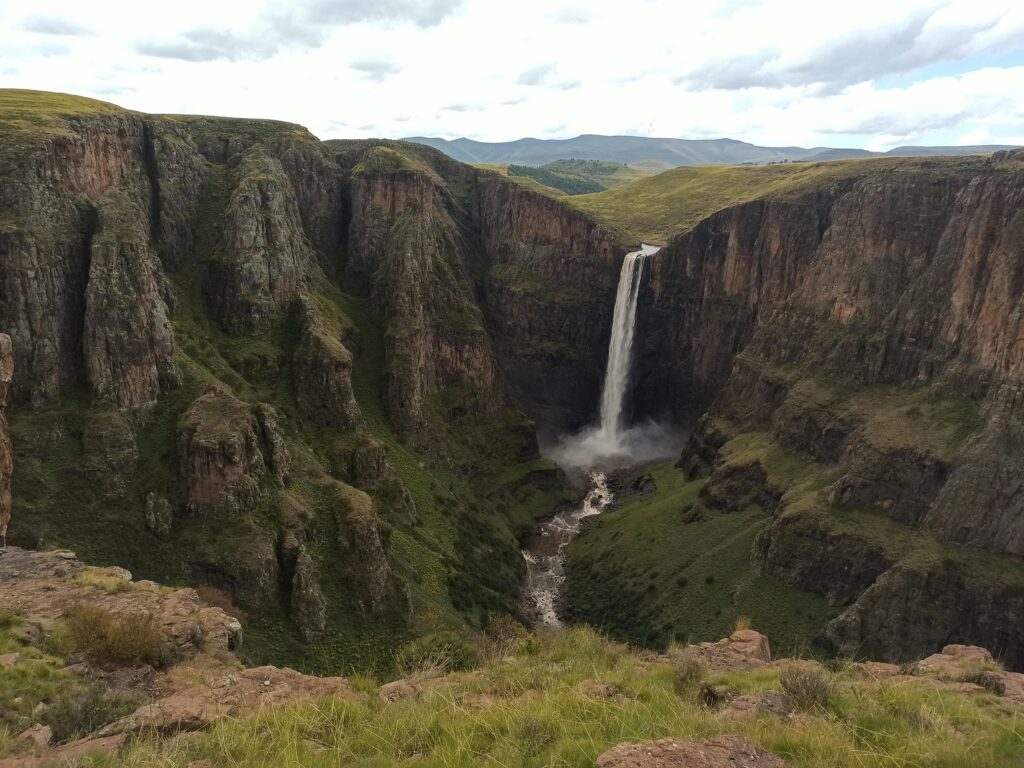
High in the Drakensberg Mountains, Lesotho is a landlocked gem. Its rugged terrain offers thrilling adventures — hike to the Sani Pass, go pony trekking, and marvel at the Maletsunyane Falls. Lesotho’s traditional villages and warm hospitality add to its allure.
Because of its elevation, the Kingdom of Lesotho is sometimes referred to as the Mountain Kingdom or the Kingdom in the Sky. Lesotho is the only sovereign nation on Earth that is entirely above 1,000 meters (3,281 feet).
With 2.1 million people living there, the nation is slightly over 30,000 square kilometers in size and is totally encircled by South Africa.
Lesotho is a great place to go hiking, camping, exploring caves, horseback riding, and even snow sports in the winter because it has yet to see much development. The nation is also home to a wide range of unique mammal, reptile, and exotic bird species.
Nauru: The Smallest Republic
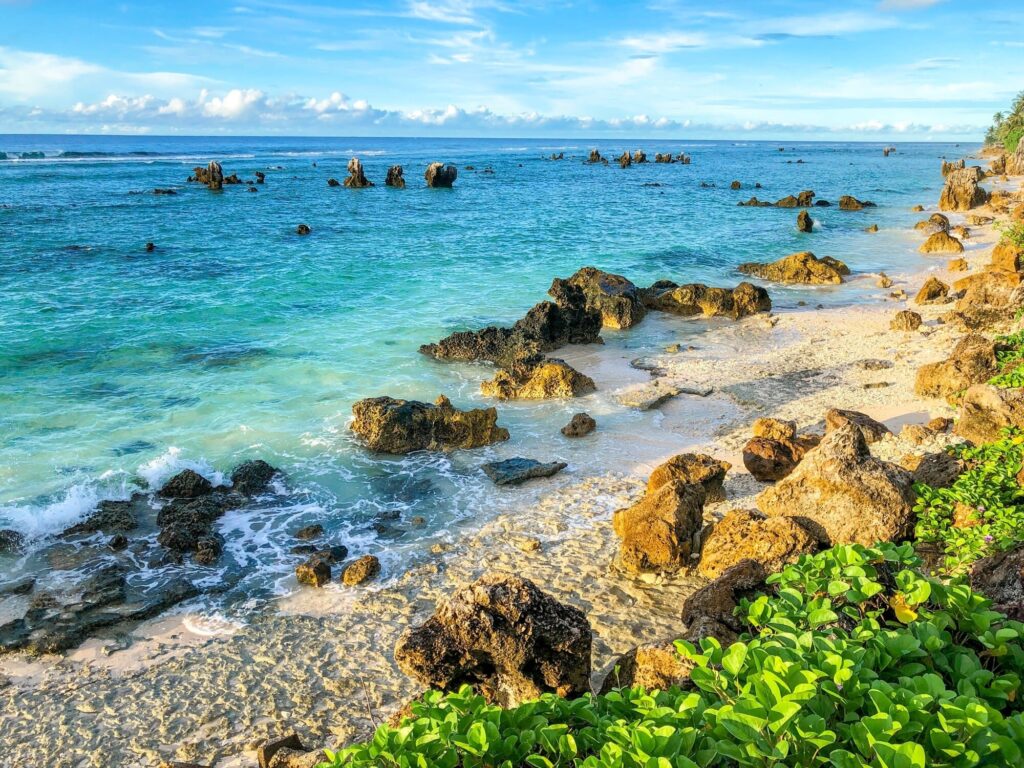
In the Pacific Ocean lies Nauru, a tiny island nation. Once rich in phosphate, it now faces environmental challenges. Explore its coral reefs, visit Buada Lagoon, and learn about its unique history. Nauru’s isolation makes it an intriguing destination.
Adventurers and history lovers alike will find Nauru’s WWII Trails an unparalleled experience. If you know where to look, Nauru holds a surprising amount of WWII war artifacts for a country of its size.
You can locate massive weapons that were used during the Japanese rule of the island or former war prisons tucked away in dense vegetation or perched high on hills.
If you’re interested in the history of the battle, you’ll enjoy searching for these artifacts. It feels like traveling back in time while taking in the breathtaking views of the tropics.
Travelers looking for something unique can find a lot to offer in this small nation, which is among the least traveled to in the globe and will also be welcomed by friendly residents.
Turkmenistan: The Land of Fire and Legends
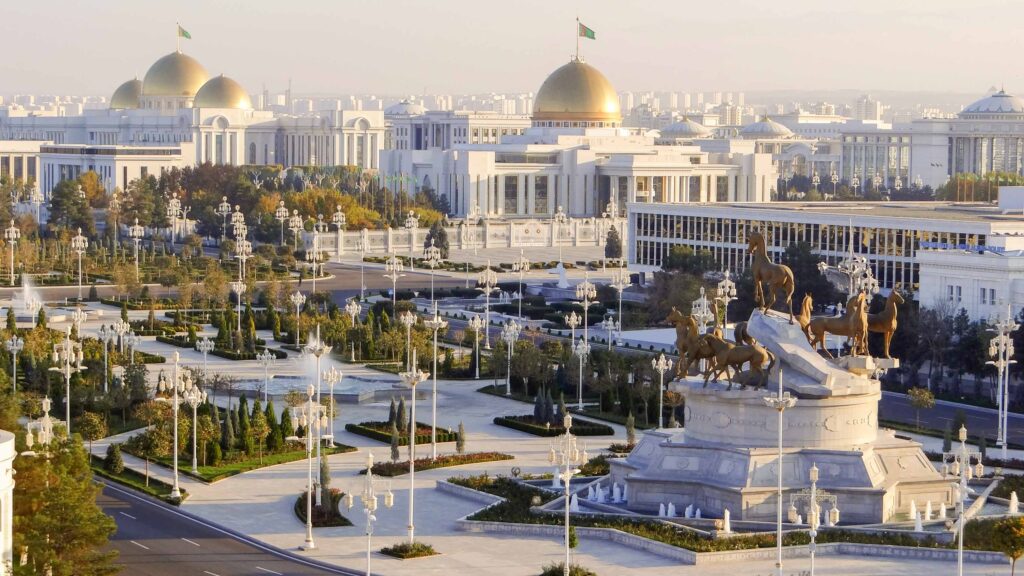
Turkmenistan, in Central Asia, is a blend of ancient Silk Road cities and modern eccentricities. Like all hidden treasures, Turkmenistan is, in fact, dusty and difficult to get, but it is well worth the effort.
Traveling through Turkmenistan will take you through the enigmatic Karakum Desert, which is home to half-buried relics and secrets from the Silk Road.
You’ll be astounded and surprised by the ancient customs upheld by long-robed desert citizens just when you thought you had left civilization behind. The Caspian Sea appears like a long-awaited mirage that is almost too good to be confirmed on the sandy edge of the desert.
Ashgabat, the country’s capital city, is an experience itself. It is a trophy of magnificence covered in marble, epitomizing extravagance. Under the sun’s persistent glimmer, the mummified cities of Merv, Kunya-Urgench, and Gonur Depe spread their slumbering foundations.
The pride of the Turkmen, Akhal-Teke horses are a living link to the country’s violent, nomadic past. This past is hardly discernible in the calm, polite way that its citizens greet curious outsiders with a distinct yet reserved air of kindness.
Kiribati: Where Time Begins
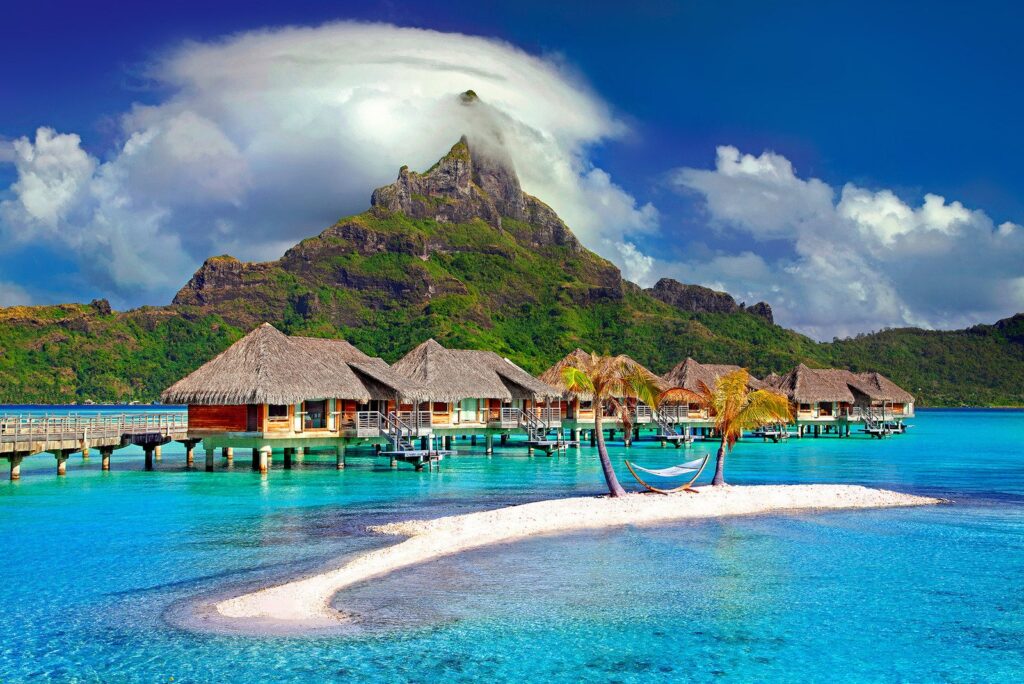
Spread across the equator, Kiribati is a collection of atolls and islands.
Visit Christmas Island for its abundant marine life, explore the ghostly remains of Banaba, and witness the New Year celebrations in Kiritimati. Kiribati is one of the first places to greet each day.
Kiribati frequently ranks among the world’s least visited nations. Few individuals are familiar with it, and the majority of people don’t even know how to pronounce it (kiri-bas).
“Kiribati is for travelers, not tourists” is Kiribati’s tourism slogan. Kiribati is only a typical destination for some, according to the Kiribati National Tourism Office (KNTO).
The experience of warm and friendly people and a lifestyle that is as far apart from regular life as possible will repay the severe and dedicated traveler for their stay.
According to them, “there is no need to apply if you’re seeking cocktail lounges, swim-up bars, or soft towels”.
According to KNTO, Kiribati is for travelers who are passionate about learning and exploring, who like to go off from the tourist trail to visit destinations where few have gone before, and who want to comprehend a nation rather than see it. “Kiribati will make you reevaluate your ideals about life and demonstrate a simpler, more cooperative style of living that prioritizes family and community”.
Kiribati has world-class game and bone fishing. The Gilbert Group of Islands, located to the west, provides breathtaking and unique cultural experiences.
Historic locations and artifacts from the Battle of Tarawa, one of the bloodiest conflicts of World War II, can be found in the country’s capital.
Djibouti: The Horn of Africa’s Hidden Gem

At the junction of the Red Sea and the Gulf of Aden, Djibouti offers otherworldly landscapes. They would likely take home the medal for being the least-noted nation in Africa.
Little-visited Djibouti makes up for its small size with lots of spectacles, although it is frequently eclipsed by its larger neighbour, Ethiopia.
The stunning scenery of Djibouti’s coastline, which includes immaculate beaches and waters where whale sharks swim, is enhanced by turquoise salt lakes, scorching limestone chimneys, hot springs, and flocks of bright pink flamingos against extinct volcanoes.
Djibouti’s topography is made up of deserts, plateaus, and rough mountains. Mount Moussa is the highest point in the country, rising to a height of 2,028 meters. Several active and inactive volcanoes, such as Ardoukoba, which last erupted in 1978, can also be found in Djibouti.
The country is well-known for its unusual geological features, including the salt pans of Lake Assal, Africa’s lowest point, and the Day Forest National Park, home to a wide range of animals such as warthogs, baboons, and antelopes.
Djibouti presents an exciting fusion of rich cultural heritage and breathtaking scenery. It’s essential that you appropriately navigate its effects as its appeal grows. Making wise decisions and adopting sustainable methods will help us preserve Djibouti’s nature and its charm for future tourists.
Dive into the saltwater of Lake Assal, hike in the Goda Mountains, and swim with whale sharks in the Gulf of Tadjoura. Djibouti’s geothermal wonders and nomadic culture await.
Moldova: Europe’s Underrated Wine Country

Moldova, sandwiched between Romania and Ukraine, is a land of rolling vineyards and underground wine cellars. Sample its rich wines, explore the cave monasteries of Orheiul Vechi, and experience Moldovan hospitality. It’s a wine lover’s dream.
Moldova is known for record-breaking wineries and buttercup-yellow monasteries, while the capital city of Chişinău offers a delectable blend of Parisian boulevards and Soviet flair.
There is also Transnistria, a breakaway republic, to be explored. There’s no denying that a trip to Moldova is a unique and refreshing way to escape Europe!
Moldova has developed significant wine-making and grape-growing traditions over the ages.The Republic of Moldova has 142 wineries, of which 23 are equipped with facilities and experience to host guests.
Visitors may witness bottling, observe and learn about the intricate production procedures, and taste the finished product. The quality of wine produced in the Republic of Moldova is highly regarded worldwide.
As a wine-producing nation, the Republic of Moldova gives tourists the freedom to select their own travel routes, including underground wine caves and towns, wine storage facilities, wine processing factories, and the methods used to make sparkling wine, divin, heres, balsam, and other wines.
The wineries are a vital attraction for tourists traveling through the Republic of Moldova, along with the surrounding vineyards that comprise “The Wine Road”.
Despite its small size, the Republic of Moldova has a lot of potential as a travel destination, which is primarily reflected in the geomorphologic aspect of its territory, which includes a remarkable diversity of landscape reserves and scenery and distinctive geological monuments with international and European significance.
IIn the Republic of Moldova, wine, rural, cultural tourism, health, and beauty tourism have been the top ten tourist industries during the past ten years.
Live life with no excuses, travel with no regret.”
Oscar Wilde
These countries may not grace the glossy travel magazines, but their authenticity, raw beauty, and cultural richness make them truly extraordinary. So, pack your bags, leave the crowds be









